Wutaishan (五台山) or Five Terrace Mountain is regarded as one of four sacred mountains of Buddhism in China with over 40 holy temples. It is known as the home of the bodhisattva of wisdom, Manjusri (wen2shu1-文殊), whose Sanskrit name means “He Who is Noble and Gentle.” Manjusri is often depicted with a sometimes flaming sword in his right hand—Vajra Sword of Discriminating Insight cuts through ignorance and entanglements of conceptual views, also cuts away ego and self-created obstacles. The prajna paramita sutra, perfection of wisdom, is often depicted in or near his left hand.
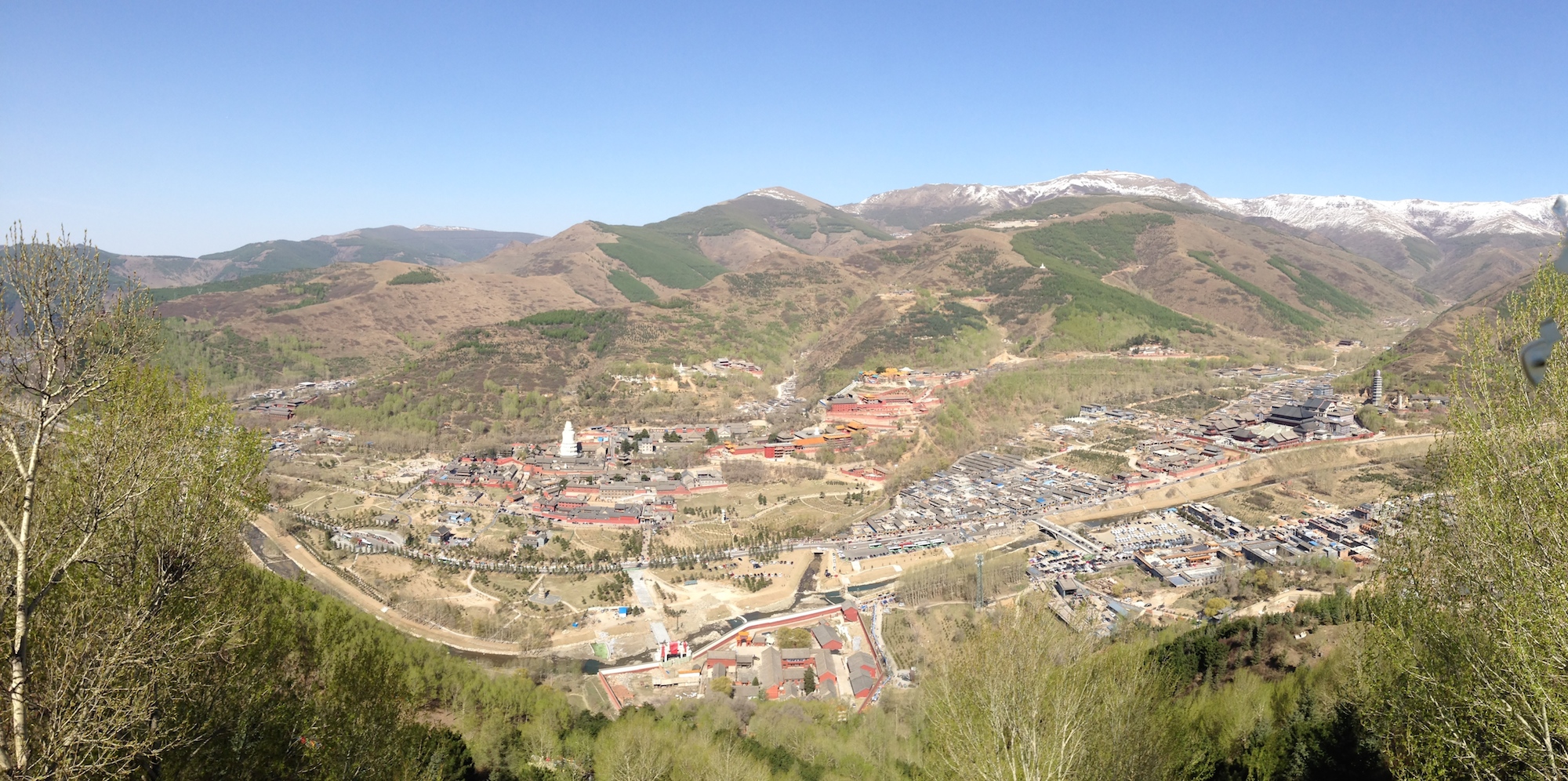
---------------------------------------------------
The Shuxiang Temple, which was especially crowded because it housed a famous Manjusri statue and May 2 was Manjusri’s birthday. The highlight of the temple is the statue room called, “Manjusri Meeting Five Hundred Arhats.” This room boasted a tall bronze statue of Manjusri and the 500 hundred colorful monk statues adorned the walls.
In the back was a solemn looking Buddhia whom only 3 types of people could bow to: 1) monk, 2) those with family members in prison, and 3) those with misbehaving children.
Since I had a nasty cold, I bowed to the health and medicine Buddha, which was also in the same building.
---------------------------------------------------
Pusading Temple sat atop the Púsà Peak (菩萨顶 Púsà Dǐng aka Bodhisattva Terrace). This temple was very high up and offered a wonderful birds eye view of the Tayuan temple and Xiantong temple beneath. From the top, we walked down through the 3 monasteries. Next we went into the Great Bowl Courtyard which housed a beautiful 5 story bronze bowl sculpture. It is said that the layman who donated it made a wish at the Wuye temple that came true so he donated this sculpture to give his thanks.
Outside a Tibetan/Chinese fusion monastery, there were 3 stone tablets from the 3 emperors that visited the mountain. It is said that the youngest emperor placed his tablet to the left of his father and made it a few centimeters taller, both of which are unfilial acts so there is an unexplainable permanent footprint high up on the tablets as penance which neither rain nor sun can wash away.
The fusion monastery was very cool; inside there were Tibetan monks chanting.
Finally, there was a long stairway from which you could look out onto the town and see the landmark white stupa. There were 108 steps, when walking down the only thing you must do is at the bottom; at the bottom, you must close your eyes and walk forward, touching the 福 symbol on the wall with your left hand. Walking up however, you must not stop, you must not look back, because each of the 108 steps represents the 108 annoyances of Buddhism.
---------------------------------------------------
The Wuye temple came into being, according to an ancient legend, when Manjusri Bodhisattva borrowed a cool stone by his wisdom (?) from the Dragon King, but the five sons of the Dragon King were not pleased so in anger they cut the five peaks, making the five plateaus that we see today. Eventually, the five sons surrendered to the Bodhisattva and each one agreed to live on each of the one peaks. The locals built the Wuye temple, on the 5th peak, in honor of the 5th son of the Dragon King who is said to love theatre so they built a theatre across from the temple. It is said that Wuye can make your wishes come true so every year thousands of Buddhists make their pilgrimage to this temple to make 3 wishes to Wuye.
To make wishes at the temple, first you must offer incense, then once inside the temple, you hold your hands in a certain way, bring them above your head, then to your forehead and tell Wuye where you are from, then to your mouth and whisper your name, then to your heart and tell him your 3 wishes, then repeat the motions twice more. America, Sonia, health for my family, a clear life purpose, and relief for Joey’s taxes, I wished. It is said if you wished for something big and it comes true, you must perform a play for Wuye because he loves theatre or make a big donation.
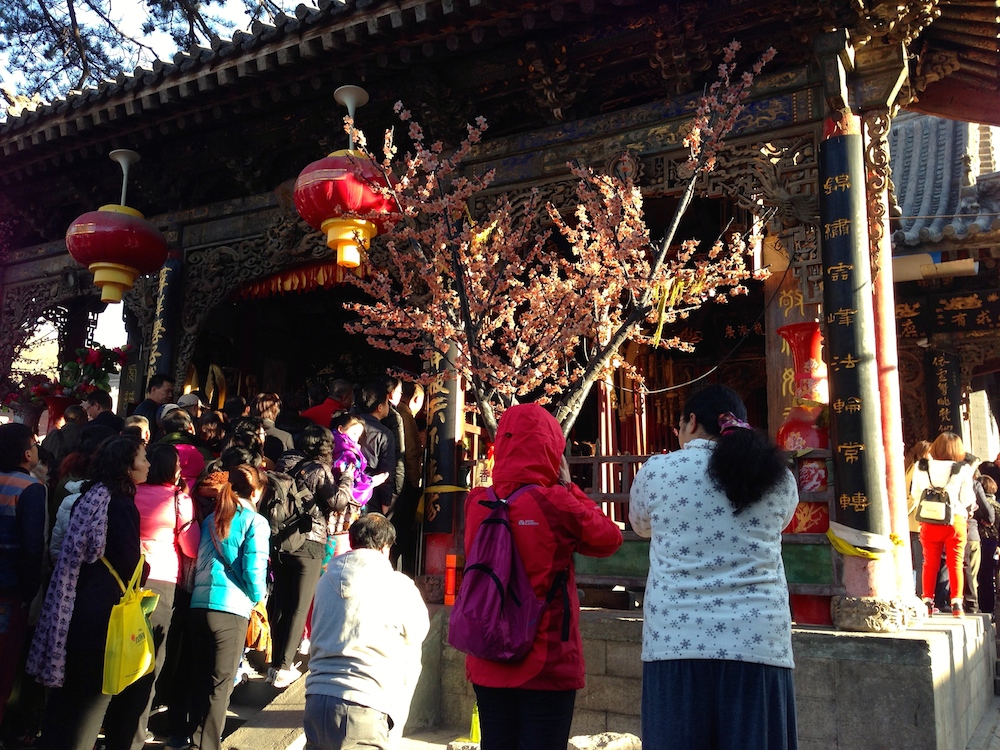
---------------------------------------------------
Dailuo Peak is famous for its unbeatable view of the valley and the 1,080 steps that lead up to Dailuoding Temple. On the way up, you can enjoy breathtaking views and bask in amazement and respect for the devout Buddhist followers who perform prostrations (or bows) on every step. Once at the top, you can clearly see the blue sky, the green mountains, and the temples that pepper the valley.


The whole of Wutaishan is devoted to Manjushri bodhisattva and there is a temple on each peak dedicated to him, but for the sake of tourism, the locals built the Dailuoding temple to encompass the 5 directions of Manjushri so that Buddhists can just visit this one temple instead of each peak.
If you liked my blog, please vote for me!


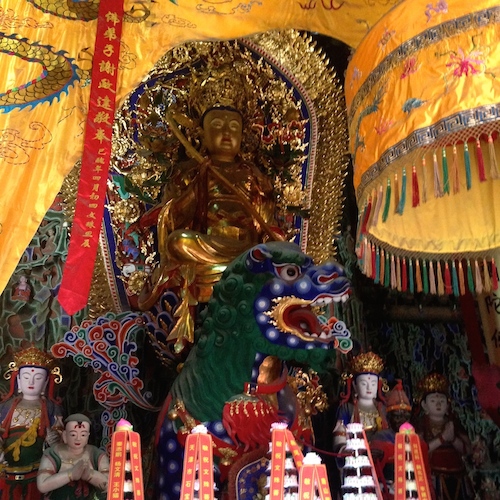

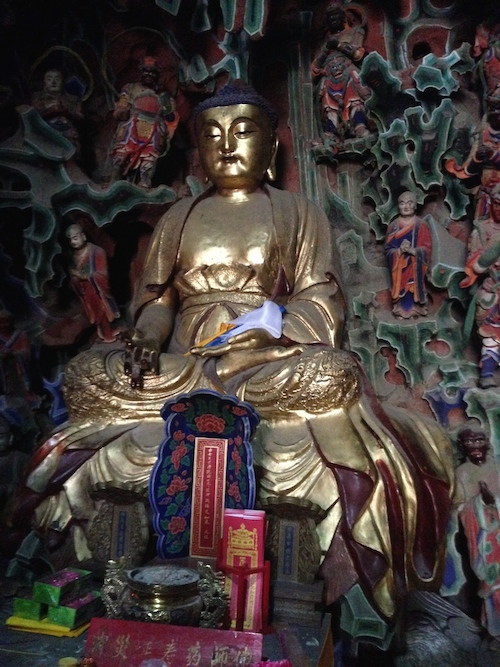
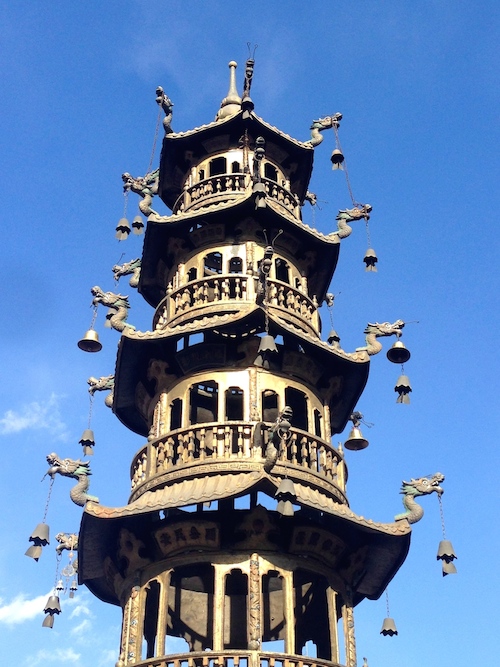
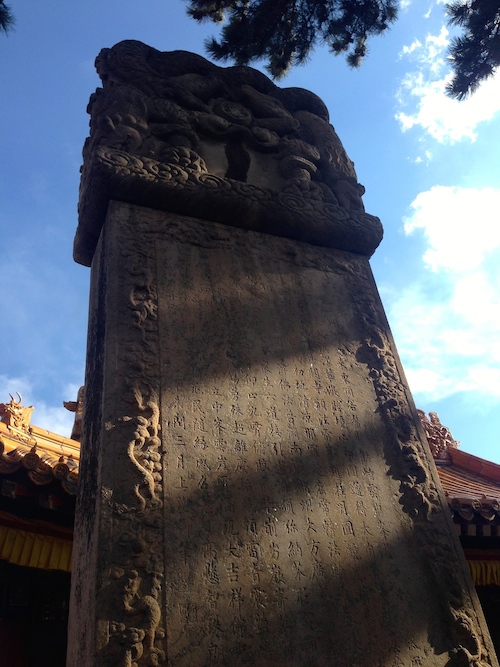
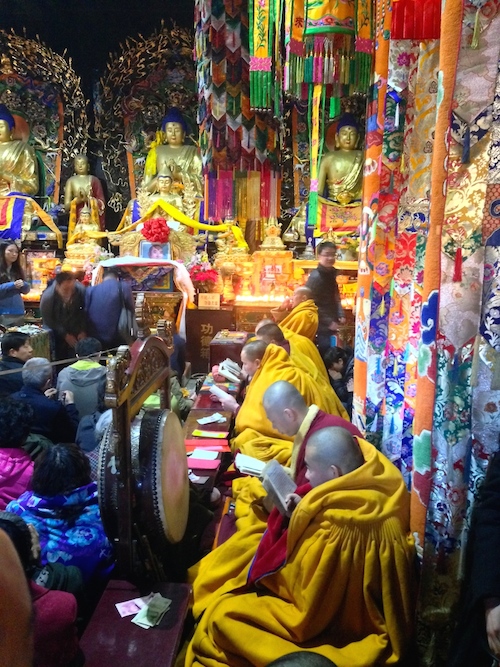
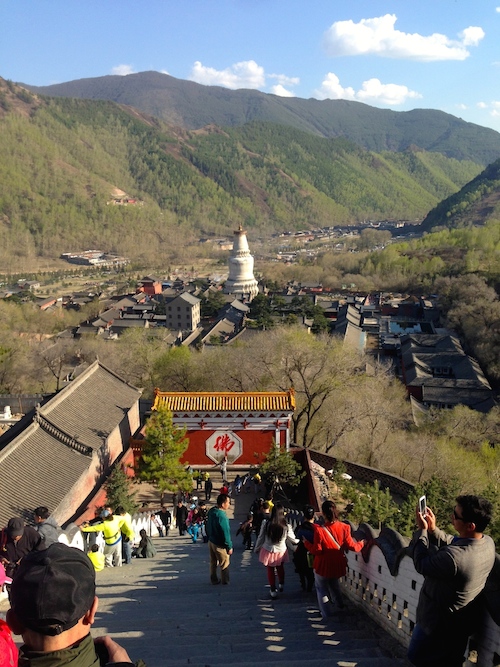











Comment